Monte Mario Observatory
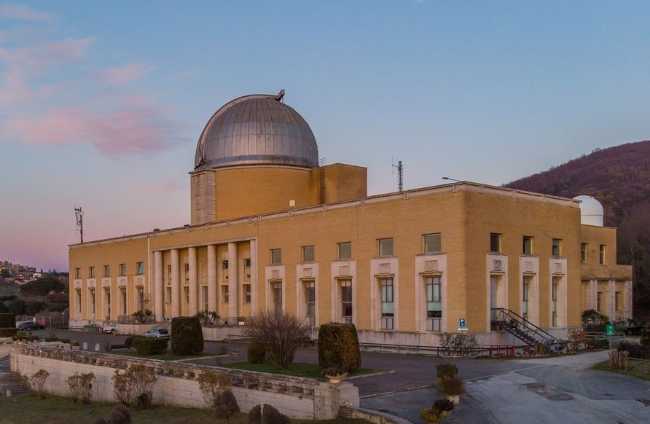
The Monte Mario Observatory, a key historical and scientific landmark, is located on Rome’s highest hill, Monte Mario. The observatory’s history is closely tied to the city’s scientific heritage, with its location chosen for its clear vantage point. Today, the observatory is no longer an active research facility due to the increasing light pollution from the city below, but it maintains a significant role as the headquarters for the National Institute of Astrophysics (INAF). The observatory’s historic site, which includes the Copernican Museum and is part of the beautiful Villa Mellini, provides a fascinating glimpse into the history of Italian astronomy. While its primary research function has been moved to more suitable locations with darker skies, the Monte Mario site continues to be a central administrative and educational hub. It hosts public events, lectures, and educational tours, making the history of astronomy accessible to a new generation of enthusiasts. From its position on the hill, the observatory offers breathtaking panoramic views of Rome, with the dome of St. Peter’s Basilica standing out against the skyline. The Monte Mario Observatory stands as a testament to the city’s enduring commitment to science and a beacon for both historical preservation and modern scientific administration.
Rome ItalyThe Monte Mario Observatory, part of the Rome Astronomical Observatory, is located at Villa Mellini on Via del Parco Mellini 84 in the northwestern part of Rome. Positioned on Monte Mario hill, the highest in the city at 139 meters, this historic site offers panoramic views over the Tiber valley and much of Rome. The observatory is housed in the 15th-century Villa Mellini, a Renaissance villa that was adapted in the 19th century for scientific use. This location was historically significant as the prime meridian reference for Italy until the 1960s and is home to the Astronomical and Copernican Museums showcasing astronomical instruments and the legacy of Nicolaus Copernicus. Nearby, visitors can explore the vast Monte Mario Nature Reserve, which blends Mediterranean woodland with a rich variety of flora and fauna. The park includes notable villas such as Villa Madama and Villa Mazzanti, surrounded by tree-lined avenues and offering serene walking paths with spectacular city views. This area combines scientific heritage, natural beauty, and Renaissance history in a tranquil setting on the edge of Rome’s urban landscape. The observatory remains a point of interest for both researchers and visitors intrigued by astronomy and history.
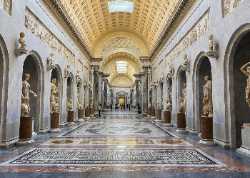 Vatican Museums
Rome
Vatican Museums
Rome
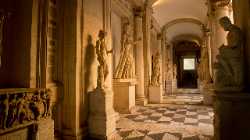 Capitoline Museums
Rome
Capitoline Museums
Rome
 Galleria Borghese
Rome
Galleria Borghese
Rome
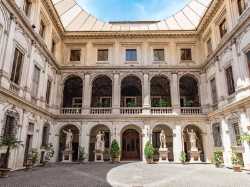 Palazzo Massimo alle Terme
Rome
Palazzo Massimo alle Terme
Rome
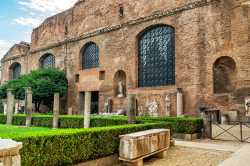 Baths of Diocletian
Rome
Baths of Diocletian
Rome
 Palazzo Altemps
Rome
Palazzo Altemps
Rome
 Crypta Balbi
Rome
Crypta Balbi
Rome
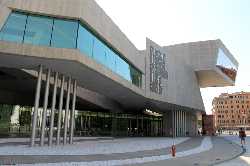 MAXXI
Rome
MAXXI
Rome
 Museo Nazionale di Castel Sant’Angelo
Rome
Museo Nazionale di Castel Sant’Angelo
Rome
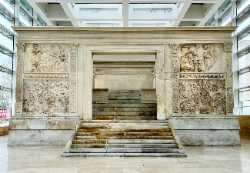 Museum of the Ara Pacis
Rome
Museum of the Ara Pacis
Rome
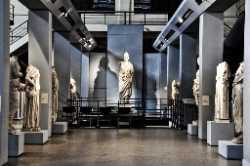 Centrale Montemartini
Rome
Centrale Montemartini
Rome
 Museo di Roma
Rome
Museo di Roma
Rome
 Teatro dell’Opera di Roma
Rome
Teatro dell’Opera di Roma
Rome
 Teatro Argentina
Rome
Teatro Argentina
Rome
 Teatro Brancaccio
Rome
Teatro Brancaccio
Rome
 Teatro Eliseo
Rome
Teatro Eliseo
Rome
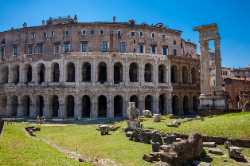 Teatro di Marcello
Rome
Teatro di Marcello
Rome
 Auditorium Parco della Musica
Rome
Auditorium Parco della Musica
Rome
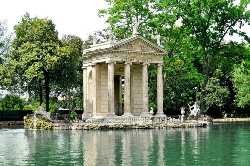 Villa Borghese Gardens
Rome
Villa Borghese Gardens
Rome
 Villa Doria Pamphilj
Rome
Villa Doria Pamphilj
Rome
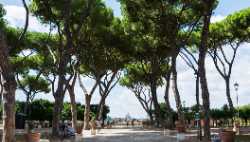 Giardino degli Aranci
Rome
Giardino degli Aranci
Rome
 Villa Ada Savoia
Rome
Villa Ada Savoia
Rome
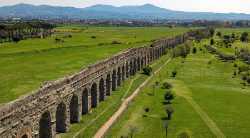 Parco degli Acquedotti
Rome
Parco degli Acquedotti
Rome
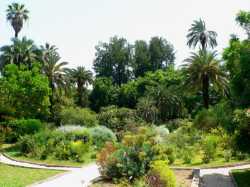 Botanical Garden of Rome
Rome
Botanical Garden of Rome
Rome
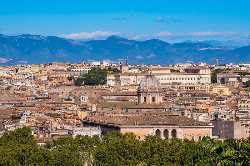 Janiculum Hill
Rome
Janiculum Hill
Rome
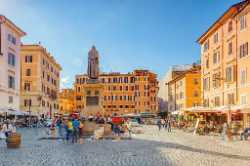 Campo de' Fiori
Rome
Campo de' Fiori
Rome
 Porta Portese Market
Rome
Porta Portese Market
Rome
 Mercato di Testaccio
Rome
Mercato di Testaccio
Rome
 Mercato Centrale Roma
Rome
Mercato Centrale Roma
Rome
 Trionfale Market
Rome
Trionfale Market
Rome
 Mercato dell’Unità
Rome
Mercato dell’Unità
Rome
 Galleria Borghese
Rome
Galleria Borghese
Rome
 Galleria Nazionale d'Arte Moderna
Rome
Galleria Nazionale d'Arte Moderna
Rome
 Palazzo delle Esposizioni
Rome
Palazzo delle Esposizioni
Rome
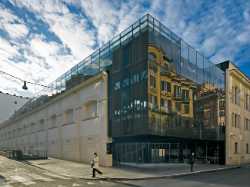 Museum of Contemporary Art of Rome
Rome
Museum of Contemporary Art of Rome
Rome
 Chiostro del Bramante
Rome
Chiostro del Bramante
Rome
 Roseto Comunale
Rome
Roseto Comunale
Rome
 Pincian Hill Gardens
Rome
Pincian Hill Gardens
Rome
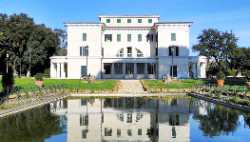 Villa Torlonia Gardens
Rome
Villa Torlonia Gardens
Rome
 Castel Sant’Angelo
Rome
Castel Sant’Angelo
Rome
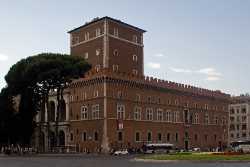 Palazzo Venezia
Rome
Palazzo Venezia
Rome
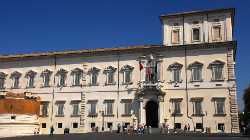 Palazzo Quirinale
Rome
Palazzo Quirinale
Rome
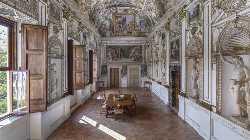 Palazzo Farnese
Rome
Palazzo Farnese
Rome
 Palazzo Barberini
Rome
Palazzo Barberini
Rome
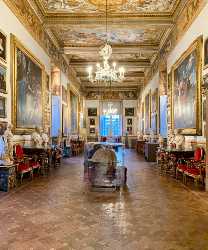 Palazzo Spada
Rome
Palazzo Spada
Rome
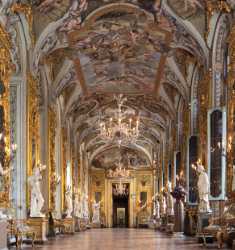 Palazzo Doria Pamphilj
Rome
Palazzo Doria Pamphilj
Rome
 St. Peter’s Basilica
Rome
St. Peter’s Basilica
Rome
 Basilica di San Giovanni in Laterano
Rome
Basilica di San Giovanni in Laterano
Rome
 Santa Maria Maggiore
Rome
Santa Maria Maggiore
Rome
 San Paolo Fuori le Mura
Rome
San Paolo Fuori le Mura
Rome
 Pantheon Rome
Rome
Pantheon Rome
Rome
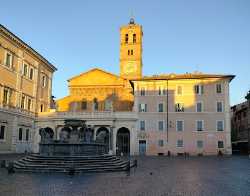 Santa Maria in Trastevere
Rome
Santa Maria in Trastevere
Rome
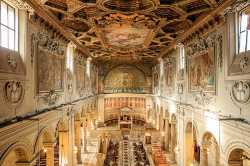 San Clemente
Rome
San Clemente
Rome
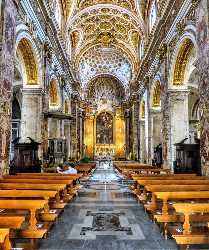 San Luigi dei Francesi
Rome
San Luigi dei Francesi
Rome
 Sant’Ignazio di Loyola
Rome
Sant’Ignazio di Loyola
Rome
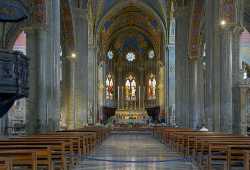 Santa Maria sopra Minerva
Rome
Santa Maria sopra Minerva
Rome
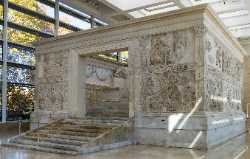 Museo dell'Ara Pacis
Rome
Museo dell'Ara Pacis
Rome
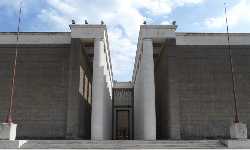 Museo della Civiltà Romana
Rome
Museo della Civiltà Romana
Rome
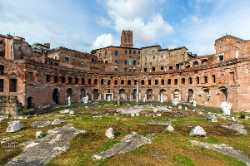 Mercati di Traiano
Rome
Mercati di Traiano
Rome
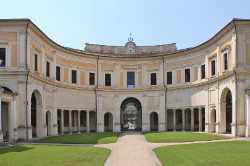 Museo Nazionale Etrusco di Villa Giulia
Rome
Museo Nazionale Etrusco di Villa Giulia
Rome
 Museo Napoleonico
Rome
Museo Napoleonico
Rome
 Keats-Shelley House
Rome
Keats-Shelley House
Rome
 Museo Leonardo da Vinci Experience
Rome
Museo Leonardo da Vinci Experience
Rome
 Museo delle Anime del Purgatorio
Rome
Museo delle Anime del Purgatorio
Rome
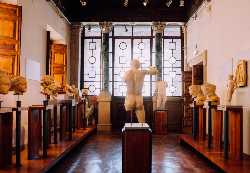 Museo Barracco
Rome
Museo Barracco
Rome
 Galleria Corsini
Rome
Galleria Corsini
Rome
 Galleria Doria Pamphilj
Rome
Galleria Doria Pamphilj
Rome
 Fondazione Memmo
Rome
Fondazione Memmo
Rome
 Galleria Lorcan O’Neill
Rome
Galleria Lorcan O’Neill
Rome
 Gagosian Gallery Rome
Rome
Gagosian Gallery Rome
Rome
 Z20 Gallery
Rome
Z20 Gallery
Rome
 Monitor
Rome
Monitor
Rome
 Pastificio Cerere
Rome
Pastificio Cerere
Rome